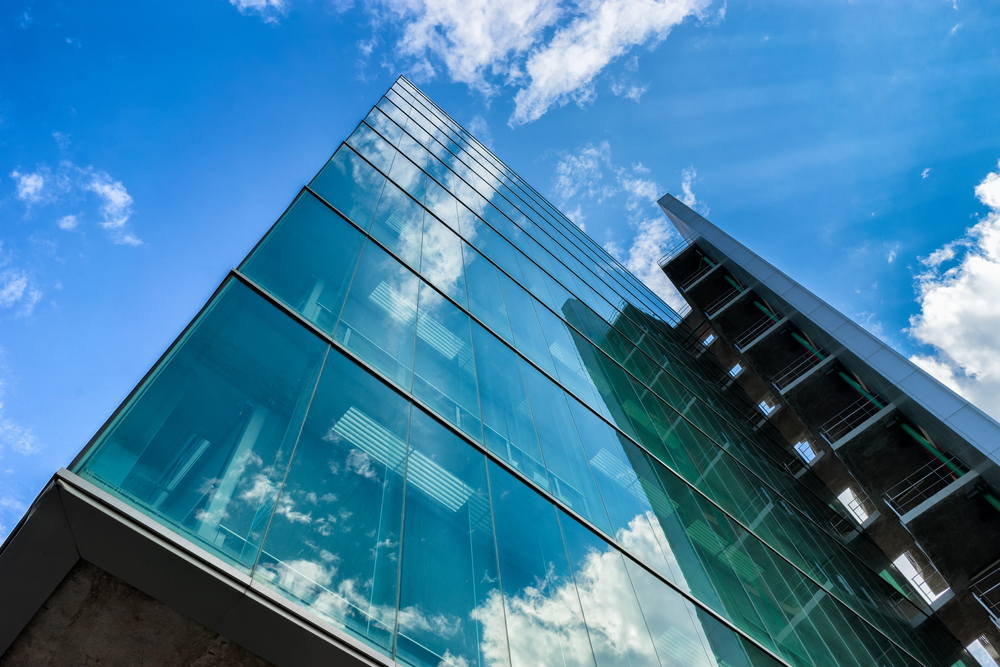Green and sustainable architecture are building for a better tomorrow
Different methods of architecture can be chosen from in terms of sustainability

Green architecture is a sustainable building design concept that aims to minimise the negative environmental impact of constructing and operating a building, while ensuring the well-being of communities living in and around it. Architecture newsletter Oneistox discussed that the philosophy behind green architecture is that the cost of development should not affect future generations. It focuses on the natural environment and strives to improve environmental performance while still maintaining aesthetic appeal.
Green architecture helps reduce carbon emissions and conserves natural resources, leading to more comfortable, eco-friendly, and economical buildings. While the concept is not new, modern green architecture has evolved by incorporating technological advancements and applying traditional techniques.
An example of green architecture according to sustainability site Ugreen is Biophilic design.Biophilic design is a trend in architecture that seeks to reconnect people with nature by integrating natural elements into the built environment. This approach promotes sustainability, enhanced user experience, improved well-being and productivity, and economic benefits.
Related: Biophilic design: The flawless blend of handbuilt with nature
Biophilic design principles include incorporating natural elements, such as plants and water, using natural materials, colours, and patterns, creating spaces that facilitate a connection with nature, integrating cultural and historical aspects, and incorporating natural systems. Examples of biophilic design include living walls, natural lighting, water features, biophilic materials, nature-inspired patterns and colours, and dynamic and diffuse light.
The Times of India reported on sustainable architecture and how it aims to significantly reduce the negative impact on the environment and human health caused by buildings. With the increase in construction due to rapid population growth, sustainable architecture has emerged as a way to combat environmental damage caused by manmade interventions. In India, sustainable architecture is still emerging, but the sector is growing at a rate of 20 percent each year, and green buildings certified by the IGBC use 40-50 percent less energy and 20-30 percent less water.
Sustainable architecture involves considering factors such as orientation, shading, and natural ventilation. Incorporating sustainable architecture into new or existing structures has environmental, economic, and societal benefits, including reduced waste and water usage, improved air and water quality, increased property value, enhanced user productivity, and improved quality of life for residents.
To build a better tomorrow, sustainable architecture needs to embrace technology advancements, promote regenerative architecture, and focus on advancing net-zero energy buildings.
The Property Report editors wrote this article. For more information, email: [email protected].
Recommended
Why everyone is moving to Selangor and Johor: Malaysia’s real estate comeback
Malaysia’s upturn in fortunes is especially prevalent in secondary destinations such as Selangor and Johor
Penang’s silicon boom: How the US-China tech war is supercharging local real estate
Penang’s booming semiconductor industry has created ripples within the local real estate sector
ARES White Paper Volume 2: Unravelling the power of data revolution in real estate
Insights on proptech, smart cities, and sustainable development
ARES Digital White Paper Volume 1 tackles the fundamentals of responsible building
Green and climate heroes join forces to discuss how Asia Pacific can weather the current environmental crises and the looming effects of climate change







